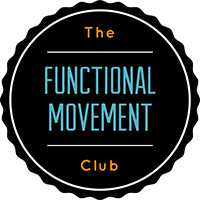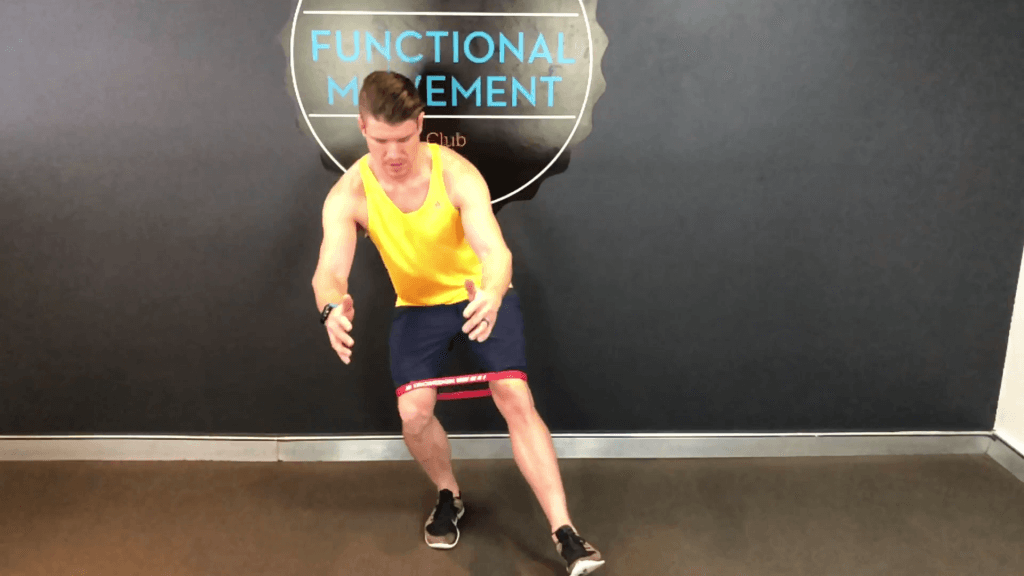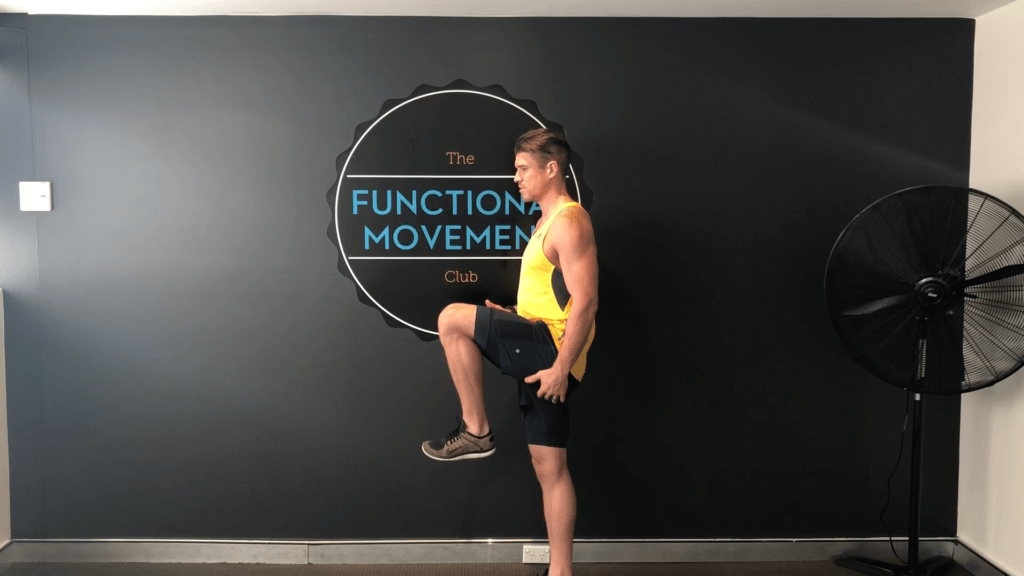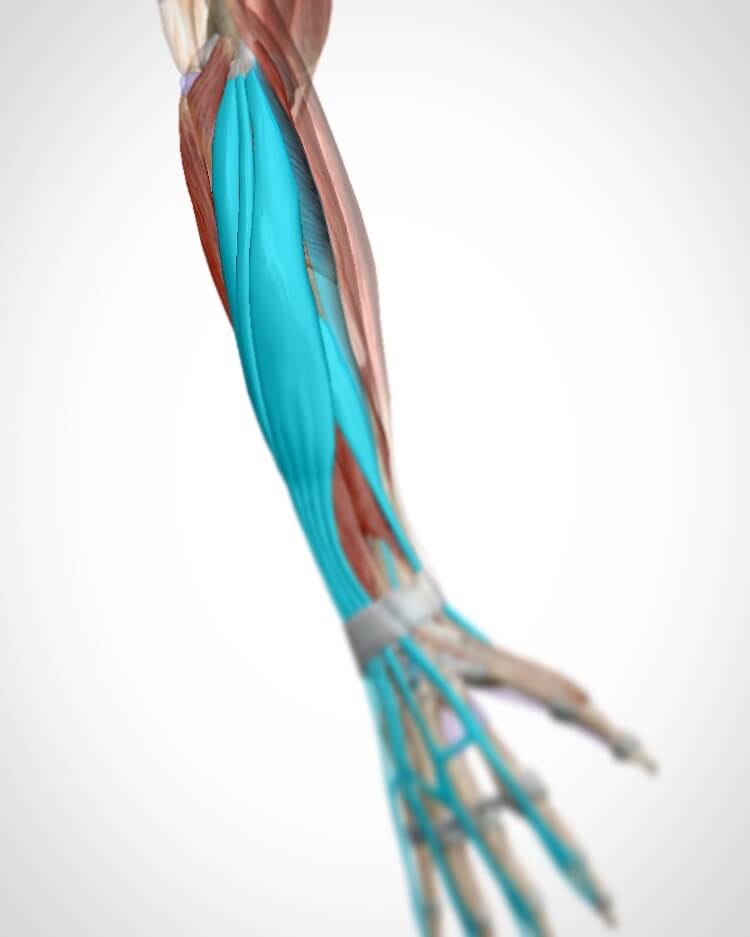Mid Back Pain: The Most Important Exercise You’re Not Doing
Intro
When people think of shoulder pain or shoulder mobility the usual suspects pop up. The Rotator cuff, which is made up of:
- Supraspinatus,
- Infraspinatus,
- Teres minor
- Subscapularis.
The Muscles at the back of the shoulder (Teres major and the lats) usually get dragged into the debate. But, the Mid Back (Thoracic spine) however usually flies under the radar. It plays a major role in allowing your shoulders to move through their full range of motion… so, if you’re tight through your mid-back, it could be the reason you are getting shoulder pain.
PSST . . . Heres a FREEBIE I made for you
Thoracic Mobility To Decrease Shoulder Pain:
The mid-back (Thoracic spine or T-Spine) is the pelvis (hips) of the upper body. It is the base in which the shoulder blade (scapula) sits. If you have read any blog article in the last 2 years you will know how important the shoulder blade is when dealing with shoulder range of motion and shoulder movements. The shoulder blade sits on top of your ribs and mid back. It’s from the mid-back that you generate energy for your upper body movements. If your shoulder blade does not have a happy home to rest, your upper body movement will be much harder and require much more effort and energy to perform.
Improve Shoulder Mobility, Decrease Pain:
If you are missing those last few degrees of shoulder mobility when working overhead it, you need to work on your mid-back mobility. If you struggle to lockout when pressing overhead. Feel like thrusters are a punish. Or you struggle with your receiving snatch position. And are constantly losing the bar forwards it may be time to take a good hard look at your upper back.
Thoracic Rotation Test
- Sit on a chair or table with the backs of your knee bent to 90* and the backs of your knees touching the chair/table (This will isolate the rotation to your mid-back and take out the hips from the equation).
- Raise arms in front and brings palms together
- Rotate as far as you can to the left
- Rotate as far as you can to the right
- make sure you have at least 45* rotation on each side and less than a 10% difference when comparing sides.
If you would like some help with your thoracic mobility or are looking to prevent shoulder problems in the future give this Upper Thoracic mobility routine a go:
Now that you know all about mid-back mobility and how it can play a role in your shoulder pain, you can check out our favourite exercises to build superman strong shoulders





